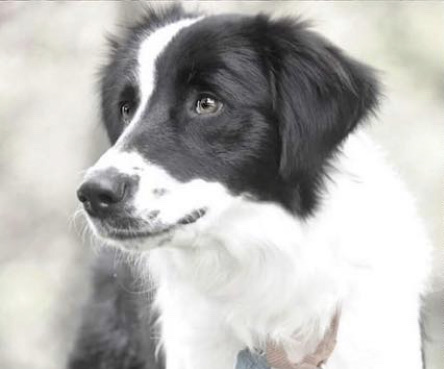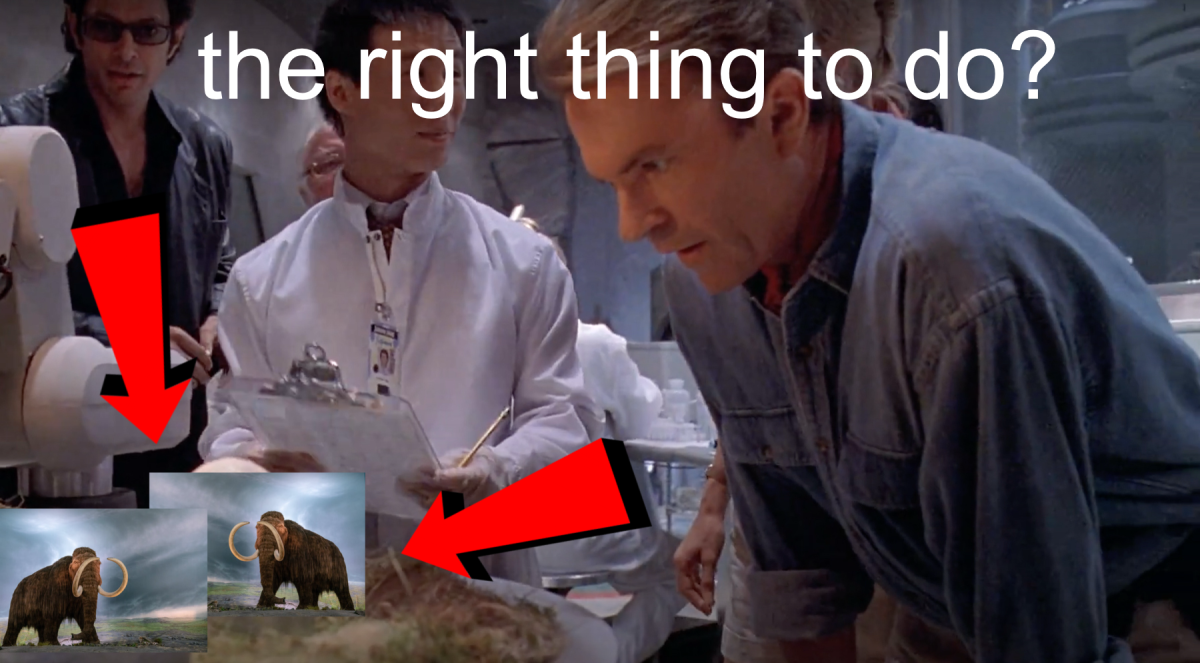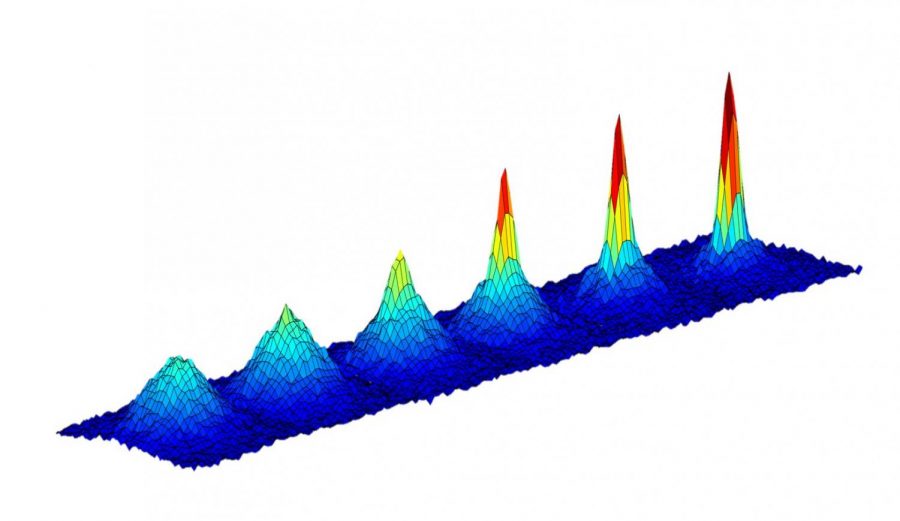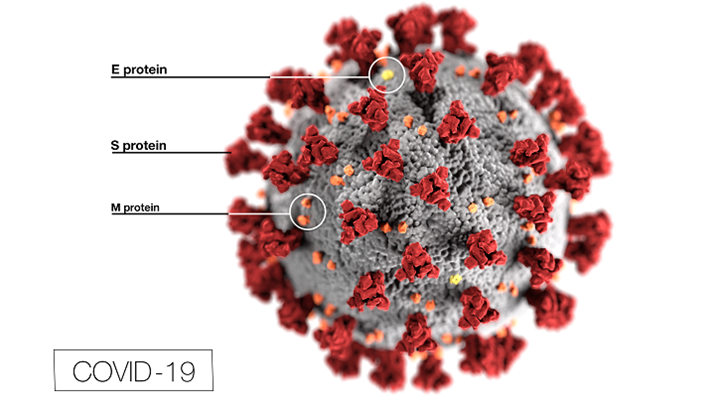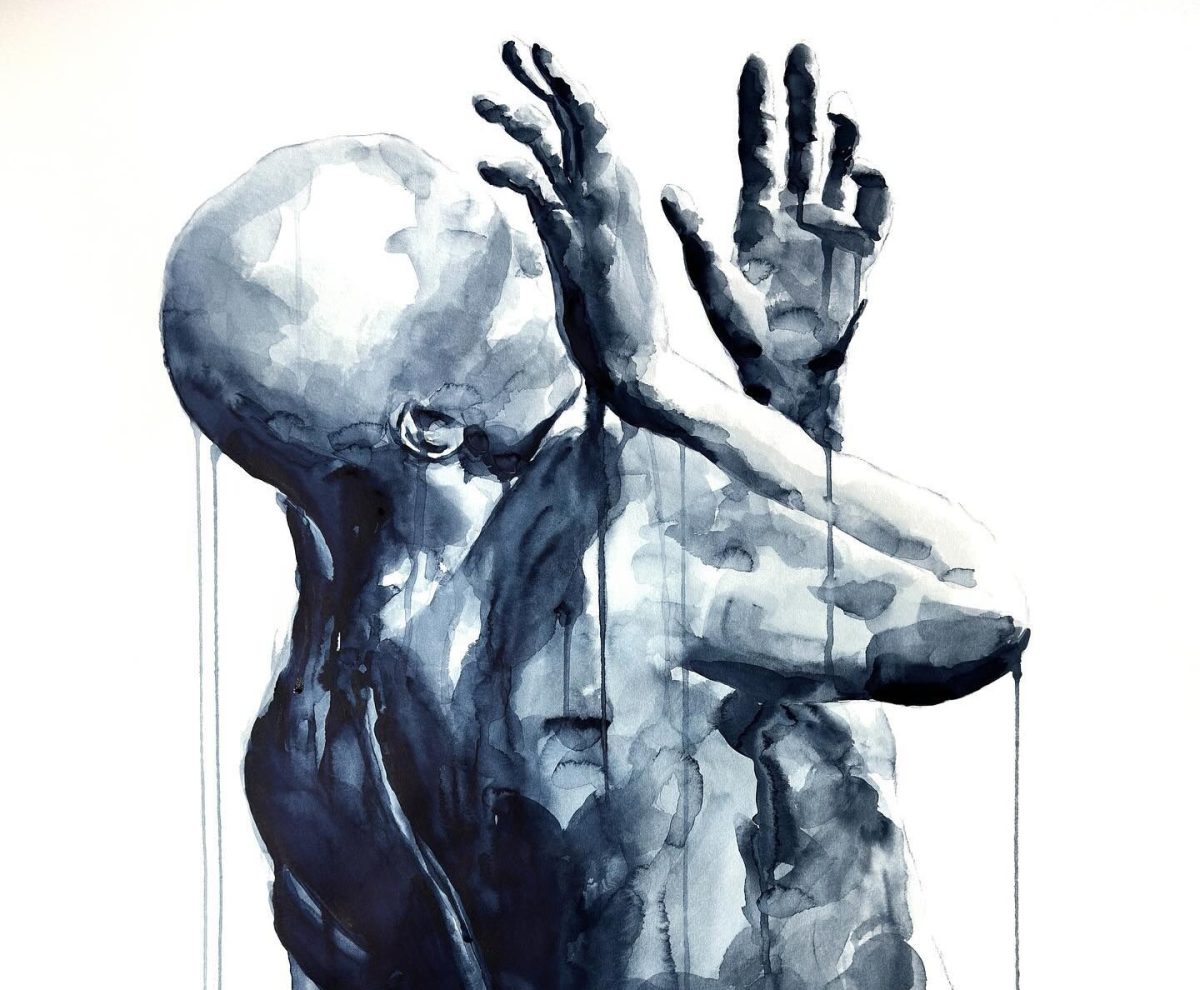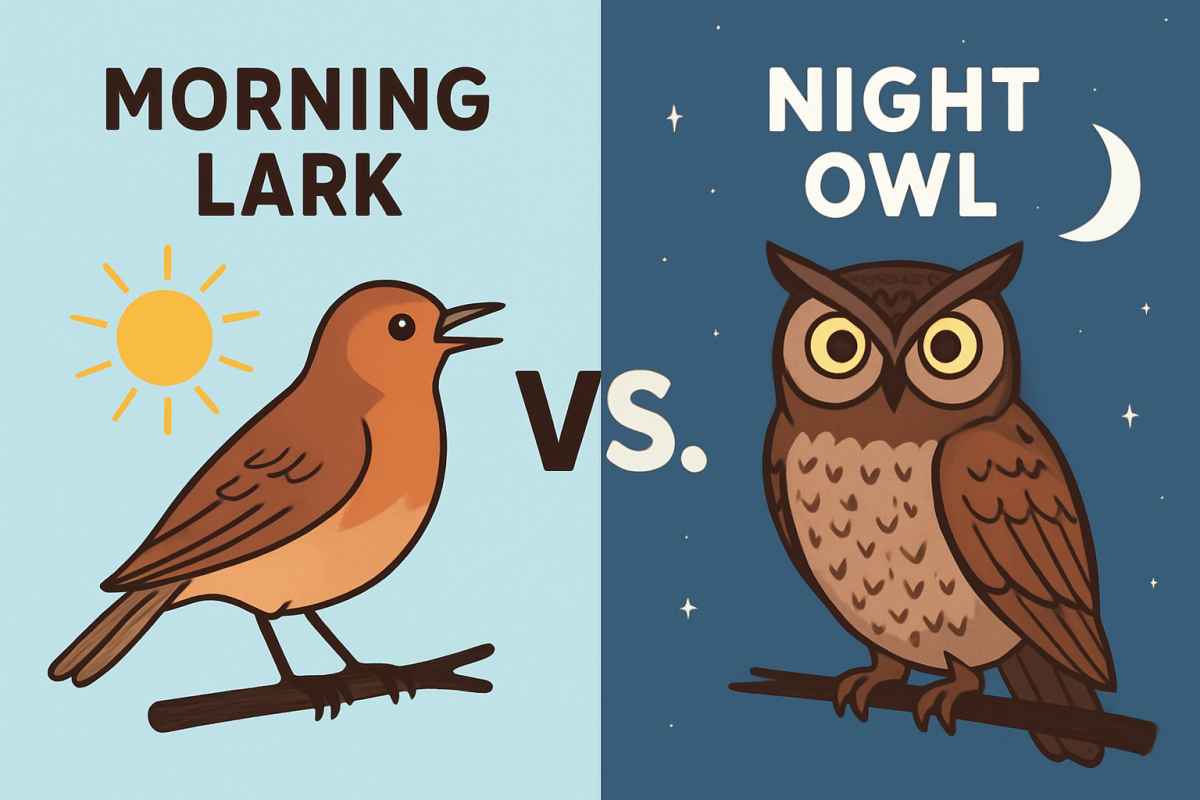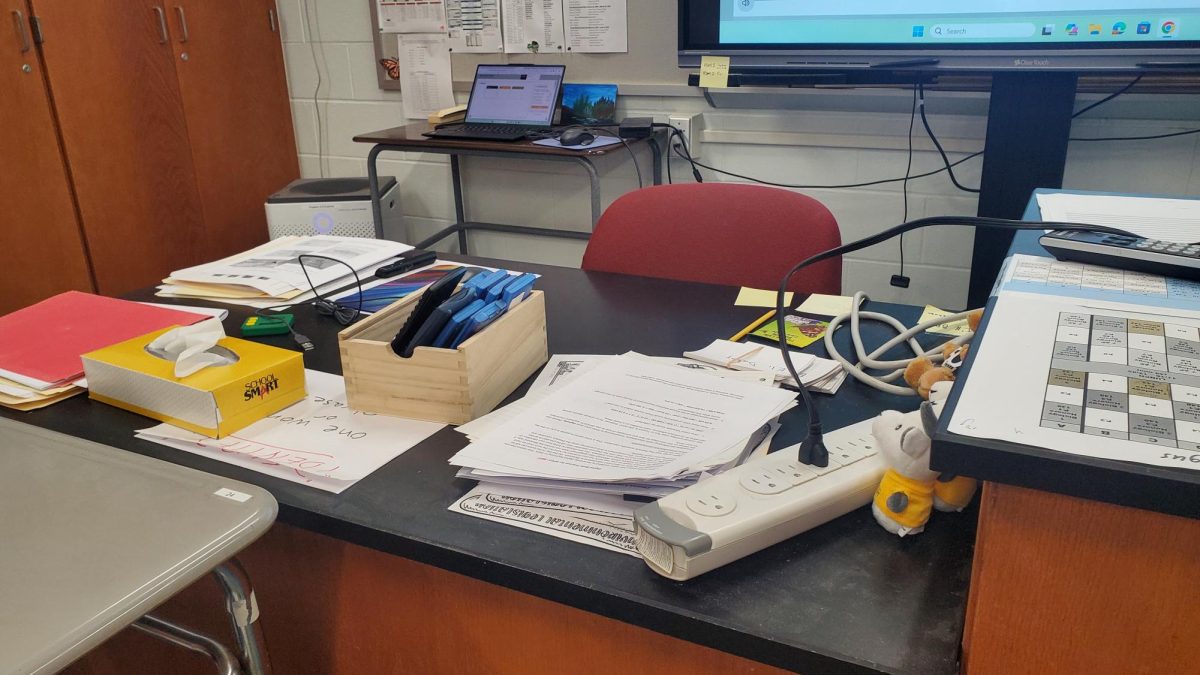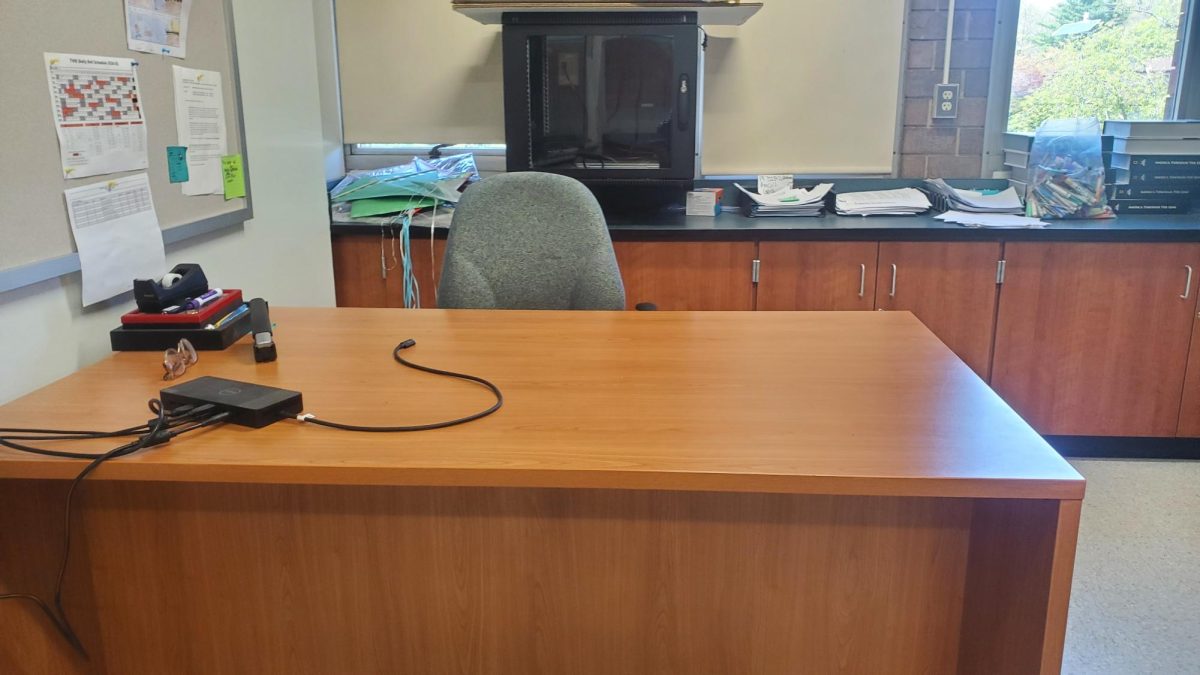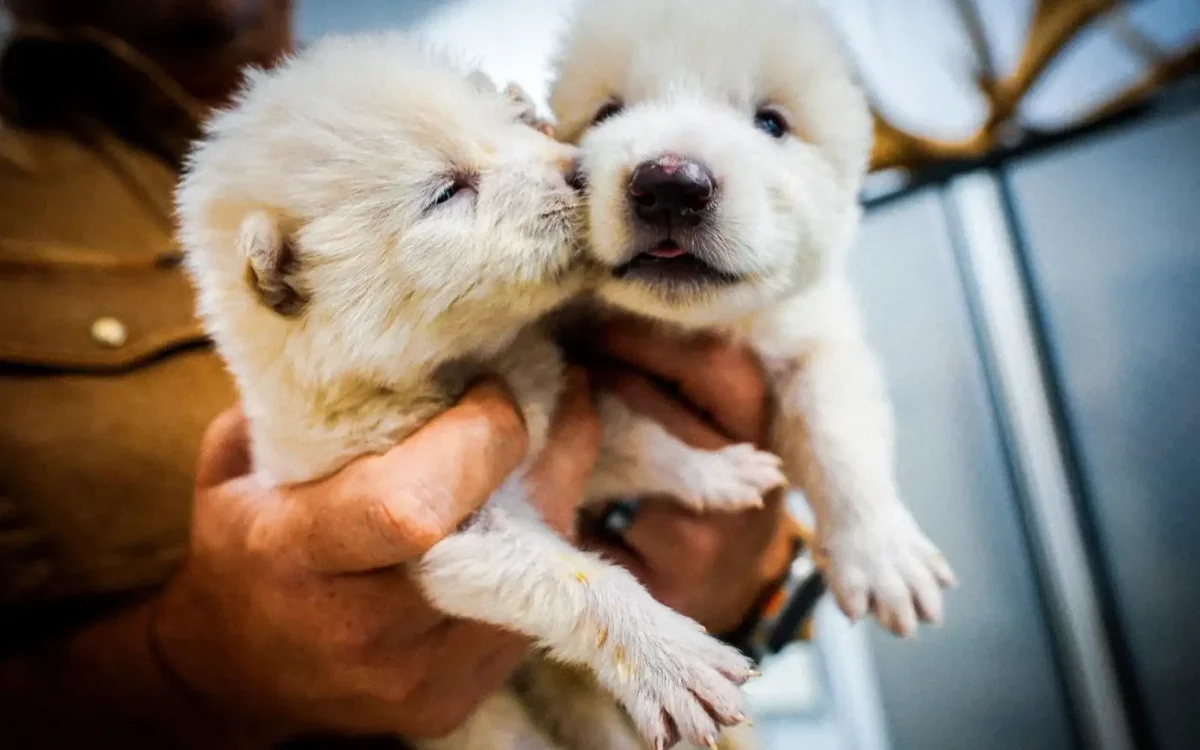Across the world, from Universal Studios in the United States to the Wizarding World of Harry Potter in England, fans have marveled at the lifelike dragons, pixies, unicorns, and other magical creature models on display. Through cutting-edge animatronics and special effects, these creatures seem to leap straight from the pages of J.K. Rowling’s novels, captivating visitors with every swish of a tail or flap of a wing. These immersive experiences offer a glimpse into the magic of fantasy worlds—worlds that many believe can only exist in fiction. But fiction and reality are increasingly beginning to blur.
Another fantastical universe that has captured global attention is George R. R. Martin’s Game of Thrones series. With its sweeping landscapes, mythical beasts, and ancient lore, it has drawn fans into an epic narrative of power, loyalty, and survival. One of its most iconic creatures is the dire wolf–massive, intelligent wolves that serve as loyal companions to the Stark children. Though many assume these animals to be products of imagination, dire wolves were once very real. They roamed North America over thirteen thousand years ago, before going extinct at the end of the last Ice Age.
Now, in an almost science-fiction turn of events, a team of researchers at Colossal Biosciences, a Dallas-based genetic engineering company, claims to have brought this ancient predator back to life. Originally focused on resurrecting the woolly mammoth, Colossal has since shifted its focus to other long-lost species, and on April 7, 2025, the company announced the successful birth of three pups believed to be modern-day dire wolves.
The pups—named Romulus, Remus, and Khaleesi—are more than just animals; they are the result of years of groundbreaking research and experimentation. Romulus and Remus, named after the mythical founders of Rome raised by a she-wolf, are twins. Khaleesi, the only female, bears the name of one of the most powerful characters in Game of Thrones.
To achieve this, the Colossal team edited twenty genes in modern gray wolves to imbue them with traits thought to belong to dire wolves. Using ancient DNA extracted from Ice Age fossils, they created artificial embryos and implanted them into surrogate mothers. According to The New York Times, the wolves are now being raised in a 2,000-acre private facility in the northern United States. Romulus and Remus are six months old, while Khaleesi is about two months old.
Despite the fanfare, not everyone is convinced; many scientists are skeptical of Colossal’s claims. According to a report from the BBC, experts argue that ancient DNA is too fragmented to fully recreate extinct species. “Ancient DNA is like if you put fresh DNA in a 500-degree oven overnight,” Dr. Rawlence, a paleontologist from Otago University, explained. “It comes out fragmented—like shards and dust.” In truth, the animals may be closer to hybrids than true dire wolves, drawing more heavily on the DNA of present-day gray wolves than on their prehistoric counterparts.
Still, the implications of this research stretch far beyond symbolism or spectacle. CNN says that Colossal’s technology could one day be used to help endangered species. The red wolf, for example, is critically endangered in the United States, with only a handful left in the wild. If the genetic engineering techniques used for the dire wolves can be applied to clone or strengthen the red wolf population, they could prevent a species from vanishing altogether. In this way, de-extinction may not just bring the past into the present—it might also preserve the present for the future.
As the line between fantasy and science continues to blur, one question still lingers: just because we can bring something back, should we? Whether seen as scientific innovation or an act of playing with time itself, the rebirth of the dire wolf marks a turning point. What once lived only in myth and memory may soon walk beside us once again.
















